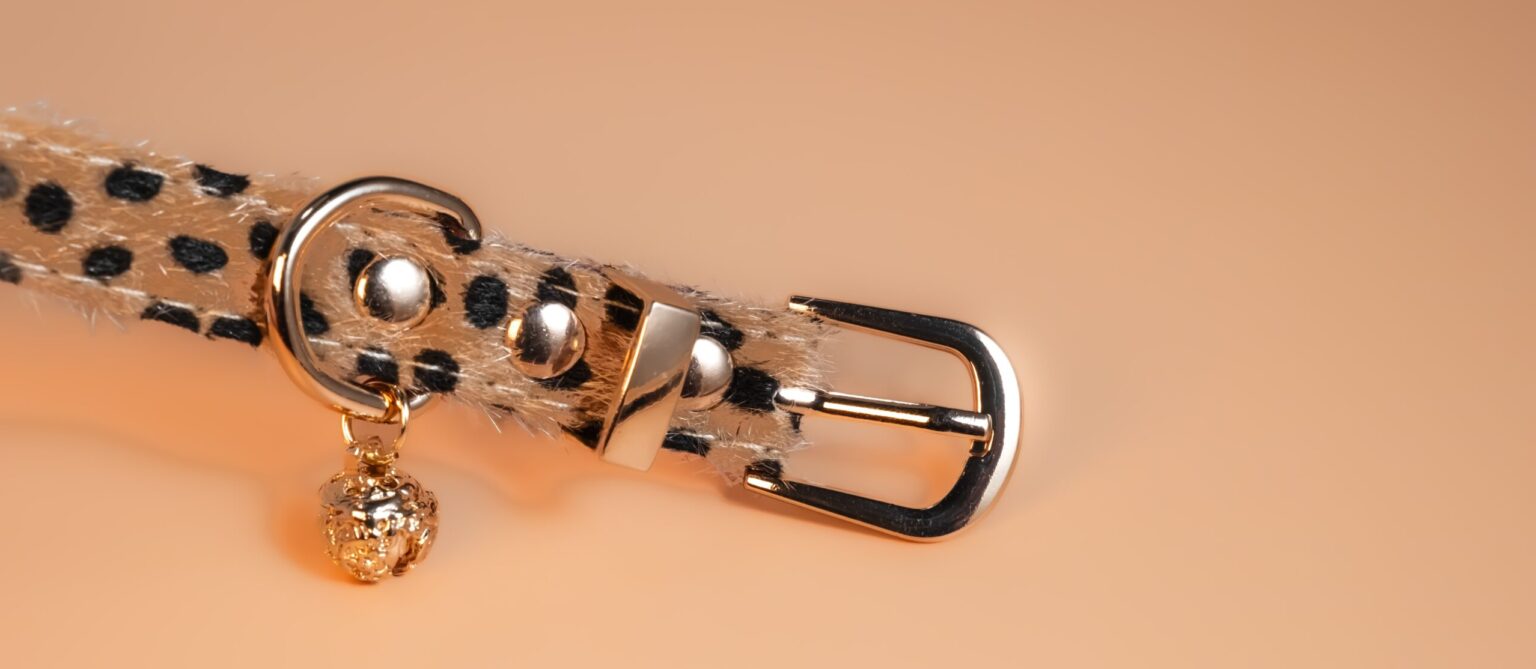
24 Feb The History and Evolution of Dildos: From Ancient Times to Modern Usage (Part 1)
Dildos, commonly seen as modern sexual aids, actually have an extensive history spanning thousands of years. These objects, designed to mimic male genitalia for sexual pleasure, have appeared across multiple cultures and time periods. Their role in human sexuality has remained fairly consistent: to enhance pleasure, provide satisfaction, and sometimes serve as tools for fertility rituals or even medical treatments. Today, they continue to be a staple in both personal and partnered sexual experiences.
I. Ancient Origins of Dildos

1. Prehistoric Times: Early Evidence of Sexual Tools
The first known dildo-like objects date back to prehistoric times. Archaeological evidence from the Hohle Fels cave in Germany suggests that phallic-shaped tools made from stone or bone were used as early as 28,000 years ago. These objects, while potentially serving sexual purposes, may also have held symbolic meaning related to fertility.
- Hohle Fels Artifact: The oldest known dildo, a stone carving from Germany, is believed to have been used for both sexual pleasure and as a fertility symbol.
- Ancient Art and Symbols: Ancient cultures like the Greeks and Romans commonly depicted phallic symbols in their art, reflecting a celebration of sexual vitality.
2. Ancient Egypt, Greece, and Rome
In Ancient Egypt, sexuality was intertwined with religion, and sexual pleasure was seen as essential for maintaining life’s balance. Various phallic-shaped objects found in temples and tombs suggest that dildos might have been used for both ritualistic and sexual purposes.
- Ancient Egypt: Archaeological digs have uncovered wooden, ivory, and stone phallic symbols, hinting at their use in religious rites or as sexual aids.
- Ancient Greece and Rome: The Greeks often used “olisbos,” a leather or wood dildo, for sexual pleasure. Ancient Roman art also shows the use of sexual tools, highlighting a culture that was more open to discussions of sexuality.
II. The Medieval and Renaissance Periods
1. Medieval Europe: The Secret Use of Sex Toys
The rise of Christianity during the Middle Ages brought a stricter moral code, suppressing open discussions of sex. However, despite the religious focus on chastity, there are historical accounts suggesting that dildos continued to be used, often in secret.
- Medieval Records: Some records indicate that nuns used phallic objects to relieve sexual frustration, citing “hysteria” as a medical condition that could be treated in this manner.
2. Renaissance Europe: A Shift Toward Openness
During the Renaissance, there was a revival of open discussion about sexuality. This period also saw the introduction of more openly accessible sex toys, although many were still confined to more private settings due to social and religious constraints.
III. The Industrial Revolution and Modern Times
With the rise of the industrial age in the 19th century, sex toys, including dildos, began to be mass-produced, becoming more available. The invention of electric vibrators, initially designed for medical purposes, helped pave the way for modern dildos.
1. The 19th Century: Electric Vibrators and Mass Production
In the late 1800s, doctors created electric vibrators to treat women diagnosed with “hysteria.” These devices, while initially intended for medical use, evolved into some of the first vibratory dildos.
- Electric Vibrators: The first electromechanical vibrator was patented in the 1880s, marking the beginning of widespread use for sexual purposes.
2. The 20th Century: The Sexual Revolution and Empowerment
The 1960s sexual revolution marked a significant turning point in the acceptance and normalization of sex toys, including dildos. As feminism and sexual liberation movements gained traction, dildos became a symbol of empowerment and sexual autonomy for many individuals.
- Sexual Liberation: By the mid-20th century, dildos became more publicly available and widely used. Their production shifted from medical to personal use, catering to a diverse and growing market.
IV. The Modern Usage of Dildos
Today, dildos are one of the most popular and widely used sex toys. They come in various shapes, sizes, materials, and designs, allowing for a personalized experience.
1. Different Types of Dildos
- Traditional Dildos: Made from materials like silicone, glass, or rubber, traditional dildos are designed for vaginal or anal penetration and vary in firmness and texture.
- Vibrating Dildos: These dildos include vibrating features that enhance sexual pleasure, often powered by batteries or rechargeable systems.
- Double-Ended Dildos: These are designed for dual penetration, either by two partners or for solo play.
- Realistic Dildos: Designed to mimic the look and feel of a real penis, these dildos are often made from flexible, skin-like materials for a more lifelike experience.
2. Acceptance and Popularity in Modern Society
The stigma surrounding sex toys has lessened in recent decades as society becomes more sex-positive and open about sexual health. Dildos are now widely regarded as an essential part of self-care and sexual wellness.
- Sex-Positive Culture: Dildos are celebrated in many modern communities for their role in sexual empowerment, self-pleasure, and enhancing intimate relationships.
- Sex Education: Many educators encourage the use of sex toys, including dildos, as part of a healthy sexual routine and exploration.
- Accessible Markets: Today, dildos are easily accessible online, with many platforms offering detailed reviews, and ensuring privacy in shopping.
V. Conclusion

The dildo has a rich and varied history, evolving from ancient fertility tools to modern-day symbols of sexual empowerment. Its use in sexual culture has transcended time, adapting to different social, cultural, and medical needs. In today’s society, dildos are no longer just taboo objects; they are widely accepted and celebrated tools for sexual exploration and pleasure.
References
- Maines, R. (1999). The Technology of Orgasm: Hysteria, the Vibrator, and Women’s Sexual Satisfaction. Johns Hopkins University Press.
- Doniger, W. (2003). The Kama Sutra: A New, Complete English Translation. Oxford University Press.
- Brundage, J. A. (1987). Law, Sex, and Christian Society in Medieval Europe. University of Chicago Press.
- Wile, D. (1992). Art of the Bedchamber: The Chinese Sexual Yoga Classics Including Women’s Solo Meditation Texts. SUNY Press.
- Cosmopolitan. (2021). The History of Dildos. Retrieved from cosmopolitan.com
If you are interest in dildos, freya ten hasn’t offer this type of toys you could buy, but we do offers other types tools or toys that you could use in your sex life, like nipple jewelry or handcuffs.



No Comments